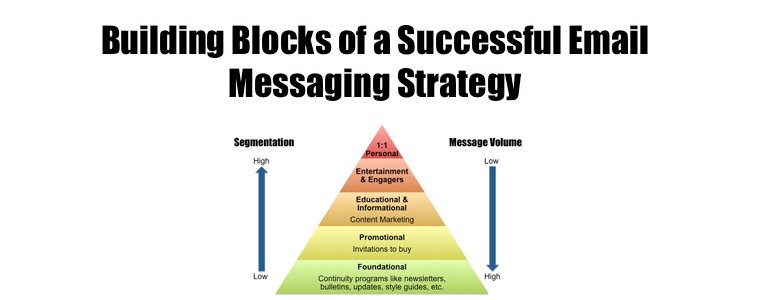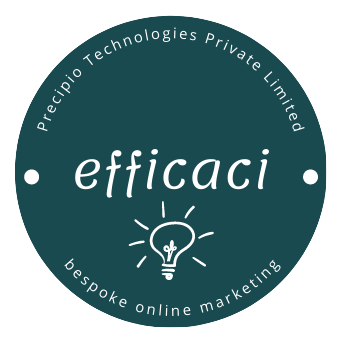Email Marketing Content as the Heartbeat of Digital Engagement
Email marketing continues to be a dominant channel in digital marketing due to its ability to reach audiences directly with personalized content. Yet the challenge remains: is email marketing content an effective message that converts, or just a chaotic mess discarded in spam folders or ignored inboxes? This article explores the essential strategies for creating compelling email marketing content—writing subject lines that open, crafting messages that engage, understanding the customer psyche, and maintaining domain credibility to boost deliverability.
Email Marketing Demographics and Open Rates: What the Numbers Reveal
Email open rates vary by industry and audience behavior but remain a crucial metric indicating the success of content strategies. In 2025:
- Average Open Rates range from approximately 23% to 47% depending on industry.
- Sectors like nonprofits boast some of the highest open rates (~46.5%) thanks to strong emotional, narrative-driven emails.
- Government and education sectors also see high engagement (~40%).
- Retail and e-commerce average around 38%, often driven by promotional and sale-based emails.
- B2B services perform well with personalized and relevant communications, around 39.5%.
These figures underline the importance of knowing your audience and crafting email marketing content that resonates. Open rates denote how well subject lines and sender reputations trigger the recipient’s initial interest.
Mastering the Subject Line: The Crucial First Impression
Perhaps no other element dictates email success as decisively as the subject line. It’s the reader’s first interaction with the email—a make-or-break moment for open rates.
- Keep it concise: Ideal subject lines are short, around 3–5 words, to maximize visibility on mobile devices.
- Create urgency and curiosity: Phrases that invoke FOMO (fear of missing out) or tease benefits compel recipients to act.
- Use personalization: Names, locations, or customer-specific info can increase open rates by up to 50%.
- Avoid spammy words: Words like “free,” “cash,” or excessive punctuation reduce deliverability.
- Complement with preview text: The supporting snippet should expand on the subject line without redundancy.
Example:
Subject Line: “Last chance: 24-hour sale!”
Preview Text: “Don’t miss up to 50% off your favorites — shop now!”
Brands that continually test and refine subject lines see sustained engagement improvements.
How Email Content Shapes Brand Perception and Customer Psyche
Email marketing content is not merely transactional but a powerful brand-building tool. Well-crafted emails reinforce the brand identity through:
- Consistent visual design: Colors, logos, and typography aligned with your website help build trust and recognition.
- Tone and voice: Your emails reflect your brand personality—be it authoritative, playful, or compassionate.
- Value-driven messaging: Content focused on how your product or service benefits the reader fosters stronger connections.
- Storytelling: Sharing narratives on customer experiences or behind-the-scenes insights create emotional bonds.
- Engagement cues: Calls to action that invite feedback or participation make emails feel interactive and less like broadcasts.
Psychologically, content that taps into emotions such as curiosity, urgency, trust, and reciprocity improves engagement. Consumers respond better to emails that feel personal and relevant, reinforcing loyalty and advocacy. For example, curiosity-driven messaging triggers a mental need for closure, while urgency prompts quicker actions, both enhancing click-through rates.
Psychological Tactics to Elevate Email Content Effectiveness
Understanding human cognition and behavior is central to crafting persuasive email content.
- Cognitive biases: Familiarity and trust bias lead recipients to favor recognized brands and clear messaging.
- Emotional drivers: Positive emotions (joy, excitement), fear of missing out, and social proof profoundly impact decision-making.
- Personalization: Self-reference, such as using the recipient’s name or previous purchase data, increases engagement dramatically.
- Reciprocity principle: Offering freebies, exclusive content, or valuable insights elicits a psychological impulse to reciprocate through engagement or purchase.
- Social proof: Including testimonials, user reviews, or usage stats reduces hesitation and increases conversions.
Integrating these psychological elements adjusts messages from mere informational to powerfully compelling narratives tailored to human nature.
The Critical Role of Domain and Deliverability in Content Success
Even the best-crafted email marketing content is ineffective if it never reaches the inbox. Domain reputation and technical deliverability factors are therefore vital:
- Domain age and history: Older, reputable domains tend to have better inbox placement rates due to established trust.
- Sender authentication: Proper SPF, DKIM, and DMARC setup help verify sender identity and improve delivery.
- Avoiding spam traps: Clean mailing lists, no spammy language, and permission-based sending maintain domain reputation.
- Consistent sending behavior: Irregular or bulk suspicious sending patterns trigger filtering.
Domain-related factors can drastically affect deliverability, directly influencing whether the email marketing content is seen and acted upon. Maintaining domain health ensures your carefully crafted messages reach the intended audience.
Email Marketing Content Strategies for Maximum Engagement and ROI
To develop email marketing content that converts and delights, employ these evidence-based strategies:

Audience Segmentation
Divide your subscriber list by behaviors, preferences, geography, demographics, or engagement level for tailored messaging. Segmented emails can yield up to six times more transactions than untargeted campaigns.
Personalized Dynamic Content
Beyond simple name insertion, tailor images, offers, greetings, and entire sections dynamically to subscriber profiles using tools that support rich personalization. This increased relevance spikes open and click rates.
Design for Accessibility and Mobile
Most emails are opened on mobile devices; design responsive templates that render perfectly on all devices. Use clear fonts, balanced text-image ratios, and ample white space to avoid overwhelming readers.
Place Clear, Early Calls to Action (CTAs)
CTAs should be above the fold, visually distinct, and unmistakably directive. Avoid burying CTAs in long text, as readers may never reach them.
Use Engaging Multimedia Elements
Incorporate GIFs, short videos, or interactive polls to boost visual interest and interactivity without increasing load times excessively.
Leverage User-Generated Content
Showcase real customer photos, reviews, and stories to create trust and social proof, driving higher engagement.
Avoid No-Reply Sender Addresses
Use real sender names or company names; no-reply addresses discourage feedback and hurt deliverability.
Test and Optimize
Regularly A/B test subject lines, content length, multimedia use, send times, and sender names to find winning combinations. Continuous refinement is essential to stay ahead.
These tactics form the backbone of successful email marketing content in 2025, ensuring messages are targeted, relevant, and actionable.
Conclusion: Transforming Mess into Messaging Mastery
Email marketing content is far more than words in a message—it is a strategic blend of psychology, data, design, and technology. By understanding audience demographics and behaviors, perfecting the subject line, tapping into emotional triggers, and ensuring domain deliverability, marketers can elevate email campaigns from chaotic messes to powerful, personalized conversations. Employing segmentation, dynamic content, and ongoing optimization enables brands to nurture deeper customer relationships, boost conversions, and realize the full ROI potential of email.
Today, email marketing content mastery is a discipline of nuance, creativity, and technical finesse—one that can distinguish market leaders from the noise in every inbox.


0 Comments